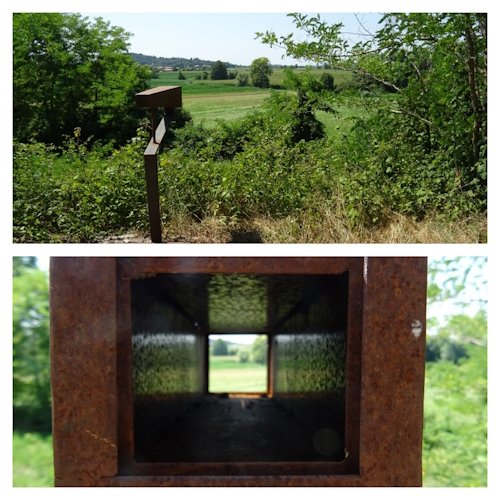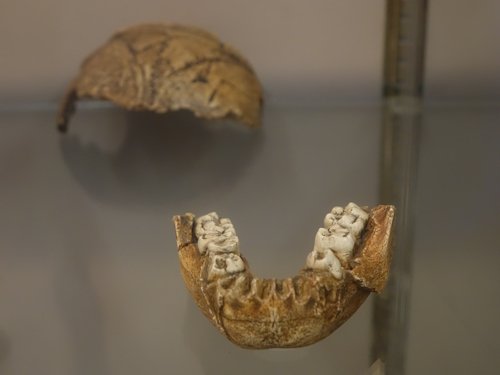First published: Sun 23 Jun 2024.
Els Slots
Getting a Stoclet Pass
Comments
12 comments
mmarqz
1 year, 3 months ago (Jun 23, 2024)
Would Hiroshima Peace memorial be considered? Since it has no access to the core zone.
Reply
nan
1 year, 3 months ago (Jun 23, 2024)
For me, I would see further reasons:
* Near misses due to bad tentative site maps.
* High emotional investment to get to a closed door.
I could also see an argument for nature reserves where buffer zone and core zone are the same apart from the protective status.
Jay T
1 year, 3 months ago (Jun 23, 2024)
Definitely used a Stoclet Pass on Stoclwt itself. Did not use a Stoclet on Mexico's Monarch Butterfly Biosphere Reserve, where I spent three hours watching the butterflies in January 2017, but at a park not included in the WHS.
For the Lower German Limes, I had a fun time looking for sites in Bonn and Cologne, and enjoyed what I saw there and in Utrecht, but I find no OUV in these sites.
Els Slots
1 year, 3 months ago (Jun 23, 2024)
In response to Nan & Jay: I would draw the line for (mostly) natural sites with similar features elsewhere at the buffer zone. Yes, you may have seen the OUV (the butterflies, the levadas) elsewhere, but when you were at a totally different place we could start counting random zoos or city museum etc as well.
Joel on the Road
1 year, 3 months ago (Jun 23, 2024)
I used one for Mount Athos, ticking off from the boat cruise. Feels pretty unfair to the other party when you're travelling as a couple.
Squiffy
1 year, 3 months ago (Jun 23, 2024)
I definitely used the Stoclet Pass for Pont d'Arc. There was no way I could make the case for lugging a 6 month old child up a trail to a locked door. I haven't for Stoclet itself - I've still never bothered to go gawp at its backside.
Conversely, I have definitely got a tick for Saloum Delta, despite not seeing any of the aspects that contribute to its OUV. As I note in my review, the Fathala Reserve I visited seems to be an area that either a) should have been removed from the nomination, or b) will only be justified once the original plans to extend into a Mixed site (plans which have never materialised) come to fruition. But definitely within Core Boundaries so... Tick, I guess?
Jay T
1 year, 3 months ago (Jun 23, 2024)
Squiffy has a better example of not getting OUV while in a core zone. I was more commenting that I don't see the OUV of more Roman limes beyond what had been on the list (Lower German Lines, Danube Lines). Just because something is Roman doesn't make it universally outstanding. And if it is outstanding, I'd rather they do an extension on a limited basis.
As for the Monarch Butterfly WHS, I'm not counting it until I get to an inscribed core zone site, since they are quite accessible. I just didn't get a tour from Mexico City that took me to the inscribed components when I visited in 2017. That said, just seeing the butterflies on the mountain in Valle de Bravo did give me a sense of the OUV.
Jarek Pokrzywnicki
1 year, 3 months ago (Jun 24, 2024)
As for Los Katios - personally I visited core zone during my 2011 Colombian trip - I had a possibility to visit area around Sautata as an unofficial guest of scientists. Oficially the place was (and probably still is) off limit for tourists. I did not mention that in my review not intending to make problems for persons allowing my visit but since many years has gone I may one day add also core zone to my review.
Philipp Peterer
1 year, 3 months ago (Jun 24, 2024)
All the places I think I should do better are on my "revisit needed" list. For a lot of them I have clearly been in the core zone, but I missed something that I consider important. Recent example is a revisit to Champagne, where I visited a production site this time.



